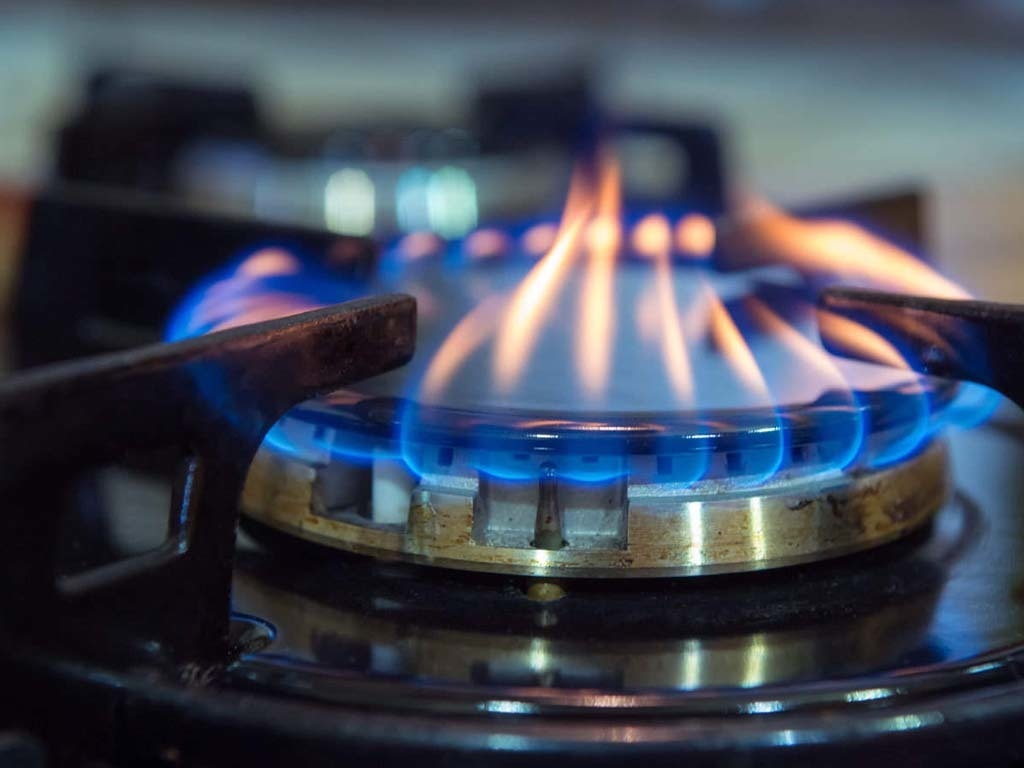U.S. natgas futures rise on cooler weather, rising heating demand
U.S. natural gas futures climbed over 3% to a one-week high on Friday as some parts of the country start to crank up their heaters with the coming of cooler weather and as near record global gas prices keep demand strong for U.S. liquefied natural gas (LNG) exports.
On their second to last day as the front-month, gas futures for October delivery rose 16.4 cents, or 3.3%, to settle at $5.140 per million British thermal units (mmBtu), their highest close since Sept. 16.
November futures, which will soon be the front-month, were up 16 cents to $5.20 per mmBtu.
For the week, the front-month rose less than 1%, putting the contract up for a fifth week in a row. During that time the front-month gained about 30% on record global gas prices and the slow return of production after Hurricane Ida hit Louisiana in late August.
Data provider Refinitiv said gas output in the U.S. Lower 48 states fell to an average of 90.7 billion cubic feet per day (bcfd) so far in September from 92.0 bcfd in August, due mostly to Hurricane Ida-related losses along the Gulf Coast. That compares with a monthly record of 95.4 bcfd in November 2019.
With the coming of cooler weather, Refinitiv projected average U.S. gas demand, including exports, would fall from 86.2 bcfd this week to 82.7 bcfd next week as air conditioning use declines before climbing to 84.4 bcfd in two weeks as heating use rises. The forecast for next week was higher than Refinitiv expected on Thursday.
US natgas slips on milder weather view
With gas prices near record highs of around $24 per mmBtu in Europe and $27 in Asia versus just about $5 in the United States, traders said buyers around the world would keep purchasing all the LNG the United States could produce.
Despite reductions at several plants this month, the amount of gas flowing to U.S. LNG export plants slipped modestly to an average of 10.4 bcfd so far in September from 10.5 bcfd in August, data provider Refinitiv said.
That small LNG feedgas decline came despite a three-week maintenance outage at Berkshire Hathaway Energy's Cove Point facility in Maryland, a brief shutdown at Freeport LNG's plant in Texas during Tropical Storm Nicholas and a brief reduction this week at Cameron LNG's plant in Louisiana.
One of the biggest reasons prices in Europe have soared in recent weeks has been growing concern that there was too little gas in storage going into the winter heating season when demand for the fuel peaks.
Prices in the United States have remained much lower in part because the market expects the country to have enough gas in inventory for the winter. Stockpiles were about 7% below normal for this time of year in the United States versus over 20% below normal in some European countries.
But gas prices in some parts of the United States were still expected to soar this winter. Analysts expect much higher prices in New England due to pipeline constraints and a reliance on what is now expensive LNG and in California where a severe drought, wildfires and lack of battery backup for intermittent renewable power sources has boosted the use of gas-fired power plants.























Comments
Comments are closed.